Discover CFO THOUGHT LEADER
CFO THOUGHT LEADER

CFO THOUGHT LEADER
Author: The Future of Finance is Listening
Subscribed: 1,331Played: 39,485Subscribe
Share
© Middle Market Media LLC, 2019
Description
CFO THOUGHT LEADER is a podcast featuring firsthand accounts of finance leaders who are driving change within their organizations.
We share the career journey of our spotlighted CFO guest: What do they struggle with? How do they persevere? What makes them successful CFOs? CFO THOUGHT LEADER is all about inspiring finance professionals to take a leadership leap. We know that by hearing about the successes — (and yes, also the failures) — of others, today’s CFOs can more confidently chart their own leadership paths across the enterprise and take inspired action.
We share the career journey of our spotlighted CFO guest: What do they struggle with? How do they persevere? What makes them successful CFOs? CFO THOUGHT LEADER is all about inspiring finance professionals to take a leadership leap. We know that by hearing about the successes — (and yes, also the failures) — of others, today’s CFOs can more confidently chart their own leadership paths across the enterprise and take inspired action.
1118 Episodes
Reverse
When Procter & Gamble asked Atsushi Kitamura to move from finance analysis into running a manufacturing plant, he didn’t hesitate. “They always give me next challenge to stretch me,” he tells us. Managing one of P&G’s large diaper plants in Japan forced him to apply finance in real-time operations—a proving ground that shaped his comfort with change and appetite for transformation.That readiness carried him from consumer goods to logistics, restaurants, and electronics before arriving at Astellas Pharma, where the stakes are now measured in science and strategy. When he joined in 2023, Astellas had just completed a $6 billion acquisition that shifted it from a net-cash to a net-debt position. Hired to “put financial disciplines and make the balance sheet stronger,” Kitamura tells us he views the moment as a “transformative timing” for the company. Loss of exclusivity on a prostate-cancer drug representing “more than 40 percent of our revenues” demands reinvention.His three-part playbook focuses on growing core brands, investing in science creation, and executing what he calls “sustainable margin transformations.” The approach has begun to pay off—“top line 19 percent, profit 40 percent,” he tells us—signaling a finance organization in renewal.Now he’s turning to technology to sustain that momentum. Describing the shift from RPA to “agentic AI,” Kitamura explains, “I just ask agent AI to do that booking.” He calls it a tipping point that will “change significantly the way how we work.”Still, he adds, leadership begins with listening. “Don’t pretend I know everything,” he tells us. For Kitamura, finance transformation starts not with machines or metrics—but with humility.
On a quiet afternoon in Punta Cana, Michael Levine sat alone on a stretch of white sand. The turquoise water and silence offered the perfect scene for rest—until he realized what was missing. “I didn’t have my phone and I didn’t have my laptop,” he tells us. “That’s what makes me happy… I love doing work from the beach.” It was there, after stepping down as Payoneer’s CFO, that Levine accepted a truth about himself: he wasn’t ready to retire.Levine had spent 11 and a half years helping Payoneer scale from about 100 employees to 3,000 and from $150 million to more than $80 billion in annual volume. He guided the company from private to public in June 2021 and from unregulated to regulated operations. When he left in 2023, he planned a pause but instead found himself drawn to a new frontier.Calls from crypto companies arrived during what he calls the “crypto winter.” Although he had once avoided digital assets entirely, he became fascinated by “decentralized finance,” “smart contracts,” and the tokenization of real-world assets. A meeting arranged by Spencer Stuart with the CEO of Fireblocks solidified his next move. “When you don’t know which horse to pick in a race,” Levine tells us, “buy the racetrack.”Fireblocks, he explains, is the infrastructure that secures digital assets for enterprises through self-custody and cyber-grade protection. For Levine, it was a chance to apply a career’s worth of scaling and governance experience to a technology poised to define the next decade of finance.
She starts with tape from the field, not the spreadsheet. Listening to enterprise sales calls, Amy Foo heard customers whose usage rose and fell with seasons. Fixed per-seat pricing “wasn’t quite hitting the mark,” she tells us, so she piloted a pooled-seat model that flexed monthly within an annual commitment—turning smaller clips into “one to five million” deals and lifting revenue “six to seven times per customer,” she tells us.That instinct—to meet the customer where they are—threads through her journey. Early at Zendesk, she was “employee number one in the region,” handling FP&A, accounting, taxes, and team-building as the business scaled, she tells us. Trust won her a dual path: SVP of Global Finance Operations (deal desk, billings, shared services) and APAC managing director, aligning teams across seven countries, she tells us. Mentors’ unvarnished feedback helped her shed imposter syndrome and lead without geographic ceilings.Today at Ignition, she reduces complexity to a few levers—ARR, payments volume, cash flow—and aligns accordingly, she tells us. She monitors top-of-funnel quality and pipeline coverage daily to steer marketing spend and sales motions, she tells us. On pricing, she watches what customers pay and repackages value by segment, she tells us. She leads with customer insight, she tells us.As for AI, she calls it “not a magic pill,” advocating first for AI built into existing vendors, then new tools where capabilities are missing, she tells us. Finance, after all, is “about narrative and conviction”—numbers that move people to act, she tells us.
When Joe Custer describes Intrado’s purpose, he begins with a story that traces back almost half a century. The company, he tells us, was born inside the Boulder County Sheriff’s Department when someone asked whether there might be a better way to connect a caller in distress with a first responder. “Turns out they were on to something,” he adds. Today that idea has scaled into a mission-critical network touching roughly 90 percent of all 911 requests for assistance.Custer explains that Intrado “has to operate like a utility … we cannot fail.” Reliability is not a metric to be met but a promise to the public, one he refers to as “public safety grade.” Behind that standard lies a web of acquisitions—eight to ten over time—that were never fully integrated. That challenge, he says, became opportunity when Stonepeak Infrastructure Partners carved Intrado out of West Corporation and began investing to harden its network and modernize its operations.As both CFO and SVP of Operations, Custer leads a transformation aimed at restoring Intrado’s position as the thought leader in emergency communications. The work goes beyond financial engineering; it’s about aligning systems, culture, and purpose around a single mission: saving lives. “We want to be the most trusted authority in public safety,” Custer tells us, describing a workforce “deeply committed to the cause.” In his view, reliability, investment, and mission are inseparable—the essential framework for Intrado’s next 50 years.
On his first day in investment banking, Clayton Kossl was “thrown right into the cauldron.” With few senior professionals in the small aerospace and defense group, junior bankers like him were expected to face company owners directly. “You had to understand the businesses inside and out,” he tells us. The experience forced him to blend analytical depth with the interpersonal agility needed to earn trust in every room.That mix of skills—numbers and nuance—became a through line in Kossl’s career. At ZocDoc, he joined a Strategic Finance team that partnered closely with the CEO and CFO, taking ownership of decisions that rippled across the fast-growing health-tech firm. The role taught him that financial modeling and relationship-building could coexist—and that influence often came from understanding how leaders think, not just how spreadsheets add up.Later, when Kossl joined Paintzen as one of roughly a dozen employees, those lessons proved vital. He rebuilt systems from scratch, partnered daily with the CEO and COO, and touched nearly every function of the business. “Someone had to do it,” he recalls. His ability to translate operational chaos into financial clarity helped guide Paintzen through its expansion and eventual sale to PPG Industries.Across these chapters, Kossl’s story reveals a consistent pattern: using strategy to tell better stories. Whether advising founders or steering finance in ad-tech today, he views storytelling not as spin, but as structure—the way finance can make complexity understandable and transformation achievable.
“InvoiceCloud is not just payments,” Chris Sands tells us. Sitting inside the company’s finance organization, he sees a platform built to change habits—helping businesses shift customers from paper invoices and mailed checks to fully digital transactions. The success metric, he adds, is simple: “Do more of their customers stop receiving paper invoices, stop mailing in checks, and do both of those things digitally?”That clear yardstick reflects how Sands thinks about growth. He describes a foundation rooted in existing customers even as the broader economy accelerates toward digital payment adoption. Utilities and insurers remain core markets, yet new verticals, such as consumer finance, beckon. Each expansion, he notes, must rest on data that confirms user behavior is truly changing.Inside finance, Sands has built what he calls a Strategic Finance function to mirror that discipline. The group handles special projects and, increasingly, AI initiatives—efforts he says once fell entirely within FP&A. Now they stand on their own “leg of the stool,” amplifying how finance supports innovation.That mindset extends beyond the department. Sands helped stand up an AI Ops team—an internal SWAT group that guides employees exploring AI tools. Instead of experimenting in isolation, staff can bring use cases to the team for help. For Sands, finance’s role is to stay analytical amid the excitement: “We can add more value … by helping the rest of the org with [AI] and using our finance skill set to understand where the best opportunities to create business value exist.”
In this episode of Planning Aces, host Jack Sweeney and resident thought leader Brett Knowles explore how finance leaders are approaching AI’s early returns—balancing efficiency, experimentation, and human judgment. CFO Craig Foster of Pax8 discusses how AI enablement is driving measurable productivity gains. CFO David Obstler of Datadog reflects on finding ROI amid rapid innovation and market demand. And CFO Ben Gammell of Brex shares why forecasting still requires human intuition despite data-driven progress. Together, their insights reveal a spectrum of FP&A strategies defining the modern CFO’s mindset toward AI adoption and business transformation.Brett Knowles’ Key TakeawaysBrett Knowles observes that finance leaders are positioning themselves along a broad continuum—from bold experimentation to cautious skepticism—when it comes to AI in planning. He notes a shift in tone: CFOs are now openly discussing productivity gains and cost efficiency rather than avoiding them. Knowles cautions against overreliance on ROI metrics, emphasizing instead disciplined cost management, pragmatic experimentation, and the evolving role of finance in navigating technology-driven transformation.
When Kimberlee Duval arrived at Cymbiotika, the wellness company was preparing a leap few bootstrapped brands attempt—moving from direct-to-consumer to retail shelves. “Our two owners, Charlene and Shahab, have done everything direct,” she tells us. “They wanted to build an organization for the long term.” That resolve led the company to take on debt rather than private-equity money to fund its Sprouts launch in 2024. The risk paid off: Sprouts highlighted Cymbiotika’s success in its quarterly earnings release, proof that intentional growth can outperform speed.Now, with products heading to 1,988 Target stores, Duval’s finance team is focused on scaling without losing clarity. “We restructured the finance function to align with that growth strategy,” she tells us, pointing to centralized operations in NetSuite, expanded FP&A and cost accounting capabilities, and the creation of clear SOPs. Technology, she believes, is the enabler that keeps teams lean and insights sharp.“There’s no reason to segregate between the groups,” she explains, describing her cross-channel approach to e-commerce and retail finance. AI tools and automated workflows now handle much of the transactional load, freeing her people to focus on analysis and collaboration.At the heart of her leadership philosophy is unity. “We’re a team … with a common purpose and a common goal,” Duval tells us. That ethos—pairing disciplined systems with shared intent—continues to shape Cymbiotika’s transformation from a digital wellness brand into a multichannel movement for intentional living.
When Steve Sutter joined Celigo five years ago, he stepped into a company positioned not as another SaaS app but as what he calls “the infrastructure, the piping, the plumbing” of business automation. Celigo, he tells us, moves data between systems like Salesforce, NetSuite, and Snowflake so companies can “create very sophisticated business processes” without the friction of disconnected silos.For Sutter, the real work of finance begins behind that plumbing. “As CFO, you have to build a sustainable business model,” he tells us, one rooted in clear unit economics—how each dollar of new recurring revenue is earned and what it costs to deliver value. That analytical discipline, he explains, gives finance a vantage point “no one else has,” allowing it to balance engineering ambition with go-to-market execution.Working inside a privately held, fast-growth environment, Sutter views resource allocation as both art and accountability. Sometimes, he says, companies must “invest in sales and marketing at an excessive rate” to gain traction—but the test is whether the model still makes mathematical sense. He partners closely with the CRO and CMO to watch metrics like the quota-to-OTE ratio and pipeline efficiency, adjusting as conditions change.Even at scale, Sutter keeps a simple mantra: acknowledge failure quickly. “As soon as you’ve acknowledged failure,” he tells us, “you can move on to something that will likely be successful.” It’s a principle that keeps Celigo’s growth disciplined—and its automation ambitions grounded in financial logic.
In 2008, Beth Gaspich stood on the floor of the New York Stock Exchange, ringing the bell as RiskMetrics went public. What made the moment extraordinary was its timing—amid one of the most volatile markets in decades. The IPO decision, she tells us, came “down to the wire.” After months of preparing the S-1, long roadshows, and weekend work with auditors, leadership had to choose: delay indefinitely or seize a fleeting opening. They chose action, and the listing became a defining milestone in her career.That experience shaped her conviction that preparation and clear communication are indispensable when markets are uncertain. It also foreshadowed the way she would later lead NICE through its own transformation. When she became CFO in 2016, NICE was largely an on-premise software company with roughly $1 billion in revenue. Today, she tells us, the firm is approaching $3 billion, with $2.2 billion in cloud revenue. “We don’t put boxes around people,” she notes, describing a culture where finance leaders are expected to help drive strategy, not just report results.Her approach to AI investment echoes that belief. She explains that NICE’s AI and self-service ARR reached $238 million, growing 42% year-over-year. Rather than measure ROI only through headcount reduction, she emphasizes redeploying people to more strategic work. Internally, AI “champions” in each function track outcomes with KPIs. From ringing the NYSE bell to scaling a global AI platform, Gaspich’s journey illustrates how finance leaders can balance precision with boldness when transformation is on the line.
When David Obstler joined Datadog in 2018, the company’s co-founders had already built momentum with a product that observed modern cloud workloads. What struck Obstler was the alignment with a powerful long-term trend—the shift from legacy, on-premise systems to modern cloud applications. “It was a product that had a lot of product market fit in a really strong growing market,” he tells us.From that foundation, Datadog scaled rapidly. Today, the platform serves more than 3,100 customers worldwide, including Samsung, Nasdaq, Shell, Autodesk, and Toyota. The company recently entered the S&P 500 after reporting more than $820 million in second-quarter revenue—a 28% year-over-year increase—alongside $200 million in free cash flow, Obstler tells us.The CFO attributes the growth to Datadog’s unwavering commitment to product-led innovation. The company began in infrastructure monitoring and quickly expanded into logs, application monitoring, and security. “The company invests R&D at very high and consistent levels to continue to maintain and grow the platform,” Obstler tells us.His own role centers on scaling the infrastructure needed to support expansion. That includes building global go-to-market operations and strengthening his team across financial planning, predictability, and business operations. “We’ve been investing behind this growth opportunity and doing it in a strong, prioritized way,” he tells us.With new investments in AI, Datadog is preparing for its next chapter. For Obstler, disciplined prioritization and product-driven growth remain at the heart of how finance can fuel scale.
On her first day as CFO of UHY, Laura LaPeer asked a simple question: “Do you guys do Copilot?” She had grown accustomed to using Microsoft’s AI assistant for tasks ranging from summarizing documents to creating slides, and she wanted it in place immediately. The request, she tells us, reflected both her pragmatism and her view that technology should be leveraged quickly, but carefully, to support higher-value work.That same instinct—to look beyond the surface of a task—has shaped her career. At an earlier company, LaPeer noticed that procurement and treasury were being handled transactionally. Purchase orders were checked for compliance, and cash was managed cyclically. By zooming out, she recognized the chance to turn these into strategic functions: evaluating vendor risks, aligning relationships with business goals, and putting idle cash to work. This shift, she tells us, allowed finance to deliver tangible impact.Her time at ProQuest, where she witnessed growth through M&A, gave her a business lens she later carried into her CFO role at Plante Moran. Now at UHY, she applies the same perspective. With Summit Partners as a new investor, the firm is targeting $1 billion in revenue within five years, LaPeer tells us. Growth will come through both acquisitions and services such as outsourced accounting, valuation, and state and local tax.To get there, she emphasizes unity. “One UHY,” she says, requires integrating regional groups, building the bench, and ensuring technology like Workday delivers consistent, firm-wide insights.
In 2018, Brex made a defining decision: rather than rely on middleware providers like Stripe or Marqeta, it built its own payments infrastructure from the ground up. That move, Ben Gammell tells us, gave the company a direct integration with MasterCard and the ability to issue corporate cards in “over 50 plus local currencies.” The choice, he explains, was born of necessity at the time but has since become a structural advantage, offering customers greater control and global reach.That same principle of intentional investment extends to Brex’s software strategy. The company designs its expense management platform to meet the demands of sophisticated, high-growth businesses such as Arm and Anthropic. The result, Gammell tells us, is a solution that not only competes with legacy providers like Concur but also improves accessibility for smaller firms “with aspirations of being the next DoorDash or Coinbase.”Partnerships further expand the ecosystem. Because Brex controls its processing stack internally, it can integrate with best-of-breed solutions—Navan in travel, Zip and Coupa in procurement—delivering the breadth that global enterprises require while keeping Brex at the center of the transaction.Looking outward, the company recently began expanding into Europe. Gammell tells us the first priority is to better serve U.S. multinationals with operations abroad. Only later will Brex pursue wholly foreign clients. Still, he emphasizes discipline: the U.S. remains “the largest market by a country mile,” and maintaining focus there is key to balancing growth ambitions with profitability and investor confidence.
When Damon Lee reflects on his first conversations with C.H. Robinson’s CEO, he recalls how natural the alignment felt. “We spoke the same language. We were finishing each other’s sentences,” Lee tells us. For a finance leader whose ambition had long been to step into the CFO chair, the clarity of vision he encountered at Robinson made the opportunity stand out.Lee emphasizes that Robinson’s longevity mattered. “A company that survived and thrived for 120 years—that’s special in its own right,” he tells us. The business, rooted in logistics services, relies on people as its core differentiator. “Our people really make the difference with our customers,” he adds, underscoring why the culture resonated with him.What sealed the decision, however, was the simplicity of the CEO’s plan. “We’re going to outgrow the market, we’re going to expand our operating margins, we’re going to do both,” Lee recounts. Complexity, in his view, often derails execution. A straightforward mandate with conviction behind it gave him confidence that transformation was possible.The CEO, Lee notes, wanted more than a traditional finance executive. He wanted someone who could “show up like a CEO,” bring lean discipline, and act as a true partner in reshaping the company. For Lee, this aligned perfectly with the operational mindset that had guided his career.After more than a year in the role, he reflects simply: “We’re winning in the marketplace. We’re winning in the eyes of investors. So certainly it was the right move for me, no doubt.”
When Holly Grey first examined Horizon3.ai, she saw more than a cybersecurity startup. She saw a technology that could change the way companies safeguard themselves. Traditional pen tests, she tells us, are human-driven, vary widely by auditor, and usually happen just once a year. Horizon3.ai, by contrast, “started out as a technology alternative to pen testing.” Its platform can be deployed “within minutes, not hours or weeks or months,” Grey tells us, and has already executed “over 100,000 pen tests.”The system identifies exposures, connects them to known threat actors, and—most critically—prioritizes which vulnerabilities to fix. It integrates directly with tools like Jira, creates tickets, and confirms results after remediation. “Even as a CFO, I want to know we’re not exposed,” Grey explains. That value proposition has already attracted more than 4,000 customers, she tells us.Her decision to join Horizon3.ai was equally deliberate. Grey noticed two respected colleagues had recently come aboard, including the CRO. That relationship, she says, is vital: “I need to know that I can trust that CRO implicitly.” After doing her own diligence, Grey was convinced of the company’s momentum: “It’s hard to grow over 100% year over year, and do that multiple years, without having product market fit.”The timing was fortuitous. Just as the company raised $100 million in Series D funding, its VP of Finance resigned. Horizon3.ai was ready to appoint its first CFO. “Here I am,” Grey tells us, “and I could not be happier in terms of joining.”
At 30, Jay Peir stepped into the CFO role at SunPower, a high-efficiency solar cell manufacturer. The appointment came after leading M&A and venture investments at Cypress Semiconductor, where SunPower was the largest portfolio company. “I had my first CFO experience at the age of 30,” Peir tells us, recalling how corporate development responsibilities opened the door to finance leadership.That early leap reflected a broader pattern in his career: moving fluidly between finance and strategy. With dual engineering degrees from Stanford, Peir began in economic consulting before earning his MBA amid the rise and fall of the dot-com era. His background in technology and data analysis, he tells us, formed “my first chapter” and prepared him for navigating growth in fast-moving sectors.A decade at Tableau deepened those lessons. When revenue slowed and the company’s stock “dropped about 50% in one day,” Peir was tasked with helping lead a shift to subscription. He emphasizes that success required aligning stakeholders across sales, marketing, and finance, ensuring teams could both understand and articulate changes to customers. “There’s both internal and external change management,” he tells us, noting the importance of investor communication as well.Today, as Head of Strategy at Pigment, CFO Peir applies these experiences to scaling an AI-native planning platform. Pigment’s tools unify financial and operational planning, enabling companies to act on data with speed and flexibility. The company’s AI roadmap includes predictive analytics and autonomous agents, helping finance teams drive variance analysis, expense tracking, and forecasting more efficiently, Peir tells us.
When Craig Foster talks about artificial intelligence, he begins with scale. Pax8, the enterprise marketplace where he serves as CFO, connects vendors like Microsoft and CrowdStrike with 43,000 managed service providers. Those MSPs, he tells us, serve between 700,000 and 800,000 small and midsize businesses worldwide.Against that backdrop, Foster describes how AI is reshaping both internal operations and external opportunities. Inside Pax8, teams are experimenting across functions—from customer support to accounting—to automate what was once manual. The company, he tells us, has set a target “to do 20% more with 20% less,” relying on AI tools that are already available. Efficiency gains are not hypothetical; they are part of the current planning cycle.Externally, Foster sees what he calls “agentic marketplaces” emerging—ecosystems where AI modules act as labor components. Vendors are already building such agents, and Pax8 is designing its own. “We’re a marketplace,” he tells us, “so we need to incorporate those different… AI components and enable our downstream clients for efficiency.” He believes this wave, unlike earlier technology cycles, is reaching SMBs with unusual speed.The finance leader is also watching economics evolve in real time. Data aggregated across Pax8’s network shows strong interest, but pricing remains unsettled. Foster compares today’s uncertainty to the early days of API marketplaces, when usage-based models became standard. The question now, he tells us, is how to split value between provider and customer—whether by consumption, per interaction, or shared outcomes. “That’s probably the biggest challenge in industry right now,” Foster says.
The pivot began when Jim Rogers raised his hand. Groupon was shifting from mobile daily deals to a goods business in Europe, and—still early in his career—he volunteered to help lead the finance work. That step, he tells us, bridged his path from technical accounting into FP&A and set a pattern: seek out the build stage, then make finance a partner to the business.Rogers started in audit at Ernst & Young before moving through technical accounting and controllership into planning. He earned a master’s in accounting at Northern Illinois University to qualify for the CPA, he tells us. At Groupon, he advanced to head of FP&A for North America, experience that informed his philosophy at Tempus AI: “we’re not here to report the news,” he says—finance should enable decisions.Joining Tempus in 2017 as the first finance hire—when the company was pre-revenue, he tells us—Rogers built the function, became CFO in 2021, and helped steer the company public. He also stood up investor relations, initially outsourcing the function before bringing it in-house by the end of 2021, he tells us, investing time to educate analysts on a business that spans multiple categories.AI runs through Tempus’s work. Externally, a physician portal (“positive”) and the researcher tool “Lens” aim to make diagnostics and data more useful. Internally, large language models sift “hundreds of petabytes of data,” Rogers tells us, and surface real-time finance insights. The strategic throughline is discipline: double down on oncology, keep pilots siloed, and expand only when the core is ready—because, as he notes, “no two days are alike.”
In this Planning Aces special, three finance leaders map how AI is moving FP&A from dashboards to decisions. Andrew Casey (Amplitude) shows agents automating analytics, experiments, and order-to-cash checks to democratize insight and speed action. Eric Brown (Cohesity) contrasts AI’s capital intensity with the cloud era and spotlights an “epic data battle” where privileged datasets drive advantage. Chris Miorin (APEX Analytix) links on-prem investment and clean data to faster product velocity. Co-host Brett Knowles ties it together: avoid AI-washing; structure data; target reconciliations and cycle-time compression; and lead with outcomes. Viewpoints, AI’s value depends on governance, access, and execution discipline.
Chris Miorin’s path to the CFO office began in a crucible of leadership. At West Point, and later at Ranger School, he was forged in environments designed to test resolve. Commissioned shortly after 9/11, he knew combat was certain. Leading an infantry platoon in Iraq, he found himself working side-by-side with a colonel “30 years my senior.” The challenge, he tells us, was learning how to add value humbly yet confidently in an environment where everything was fluid. Those early lessons in partnership and adaptability became cornerstones of his leadership style.When Miorin left the Army, he reset with an MBA at Kellogg, which he calls “two years to really immerse in how businesses run.” Investment banking followed, where he advised some of the world’s largest oil and gas companies. In capital-intensive, cyclical industries, he saw firsthand how major decisions on raising capital, acquisitions, and divestitures shaped enterprise value. “It helped me understand how finance could have that strategic impact,” he recalls.From there, corporate development and M&A roles deepened his conviction that the CFO’s crucial role is capital allocation—directing resources to projects that generate the highest return on invested capital. At Ingersoll Rand, he added investor relations to his toolkit, learning how to tell a “story with numbers” that connected business strategy to investor interest.Looking back, Miorin points to four experiences—Army, investment banking, corporate development, and investor relations—as the foundation for his CFO journey. That foundation ultimately led to his first CFO appointment at SpendHQ, an opportunity introduced through his Kellogg network.





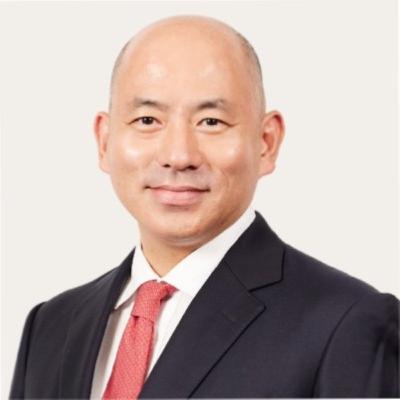
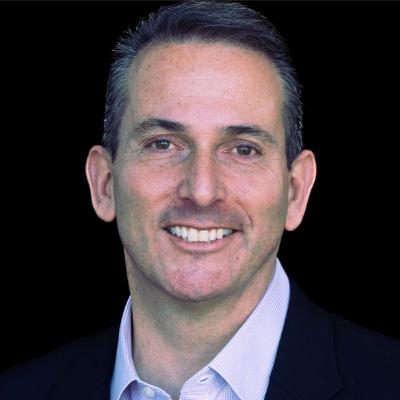


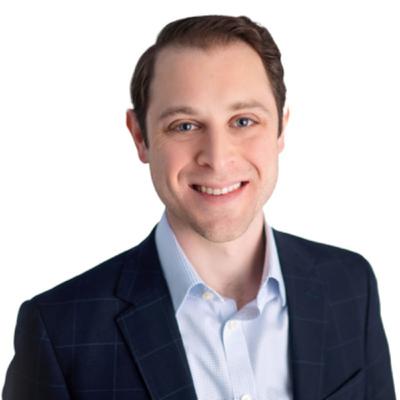
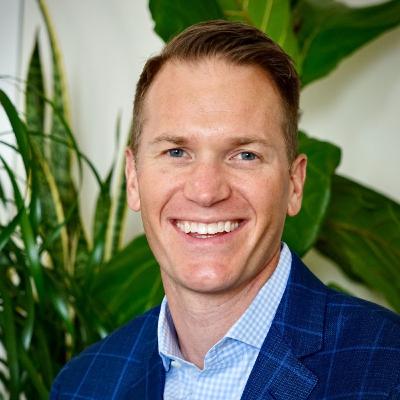

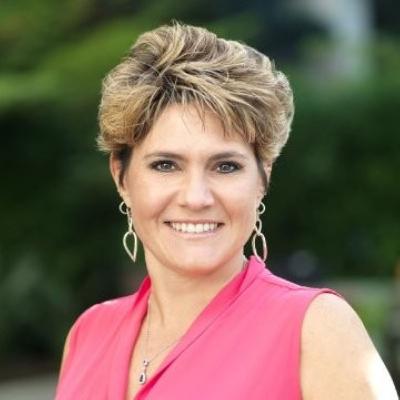
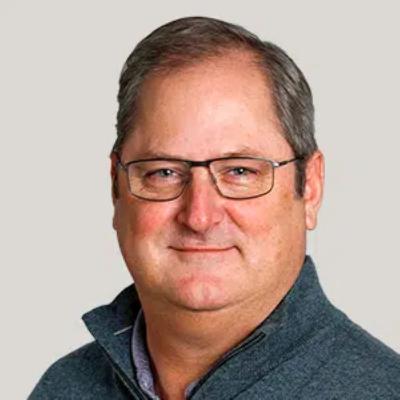
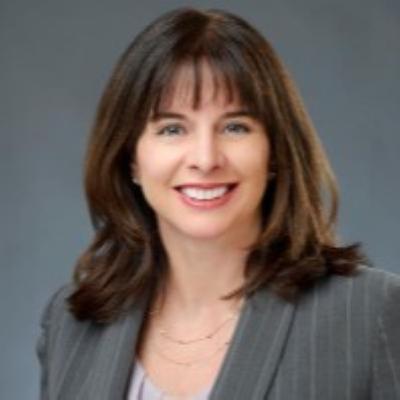

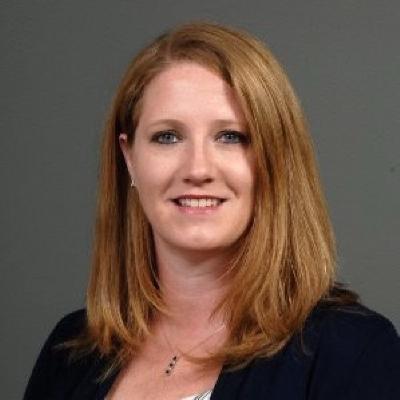
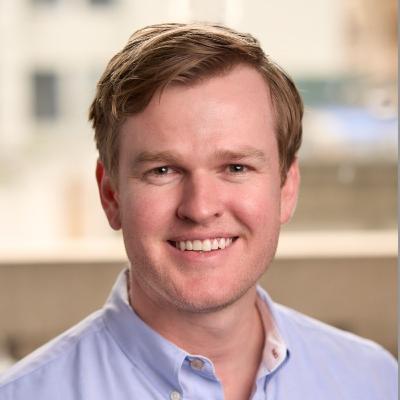
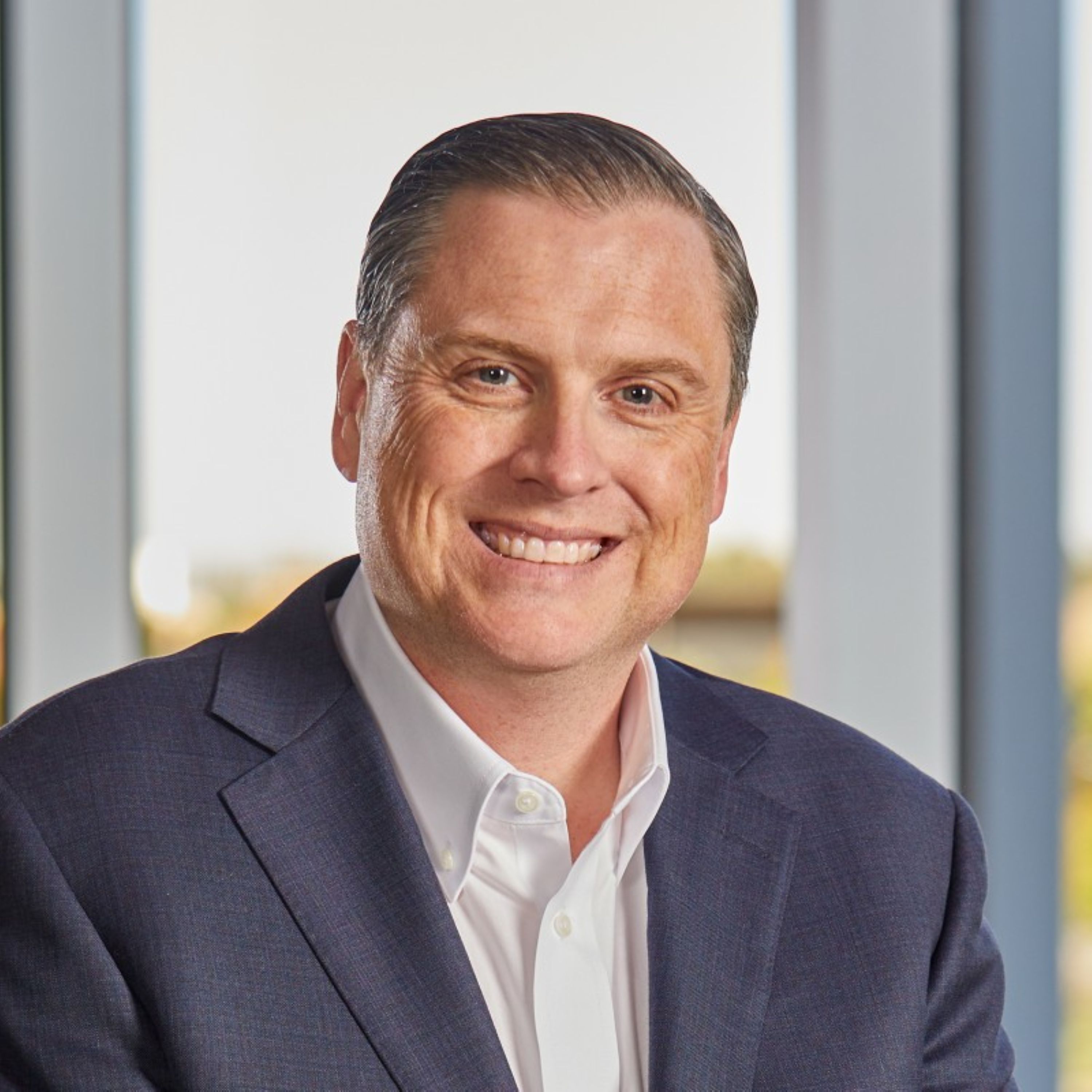
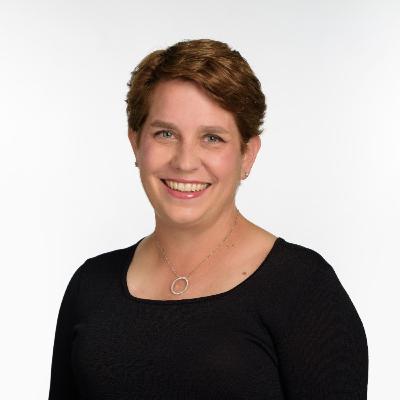

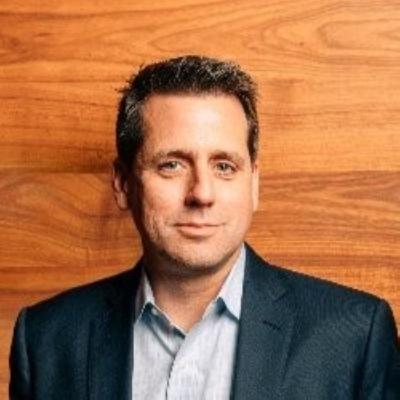


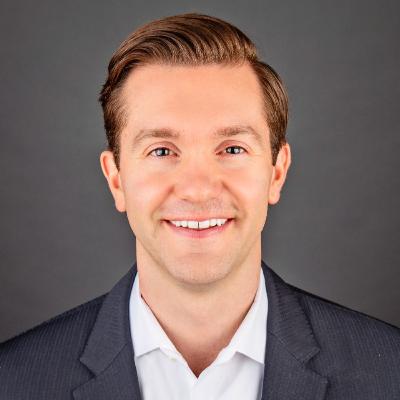



enjoyed this well
This is one of the best podcasts I've listened to in awhile. Please offer additional ones from Rick Young - he's great!